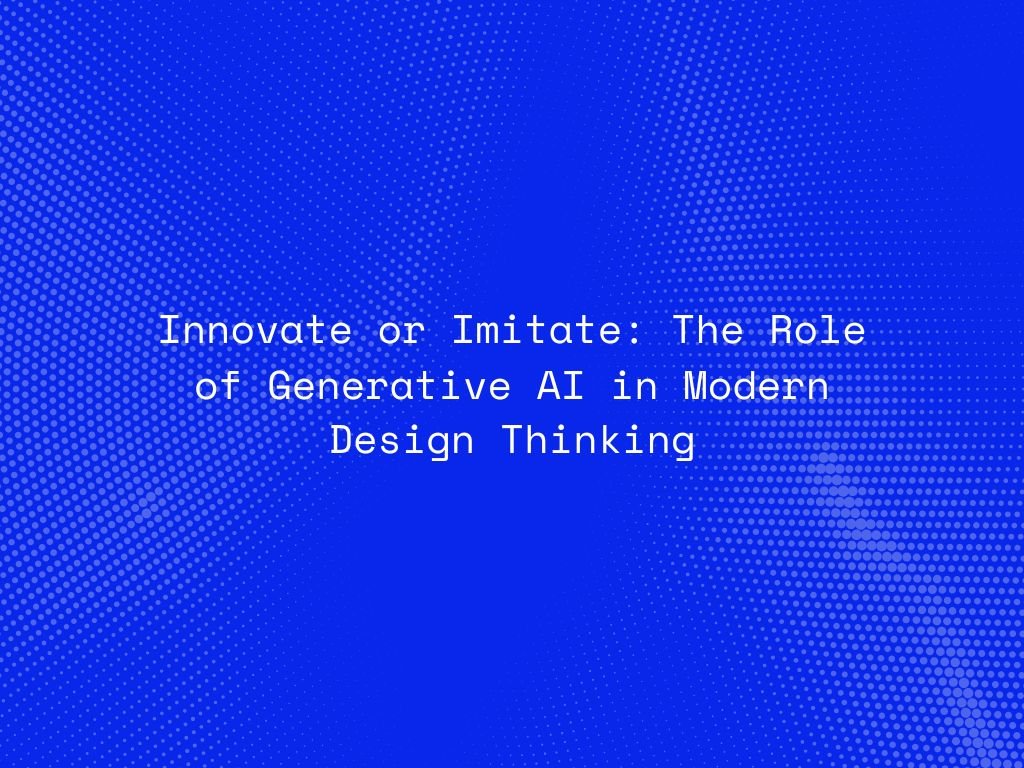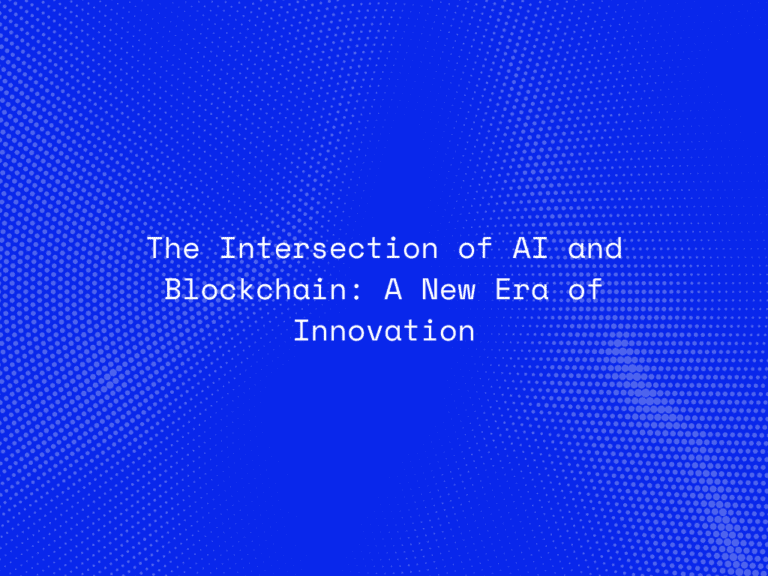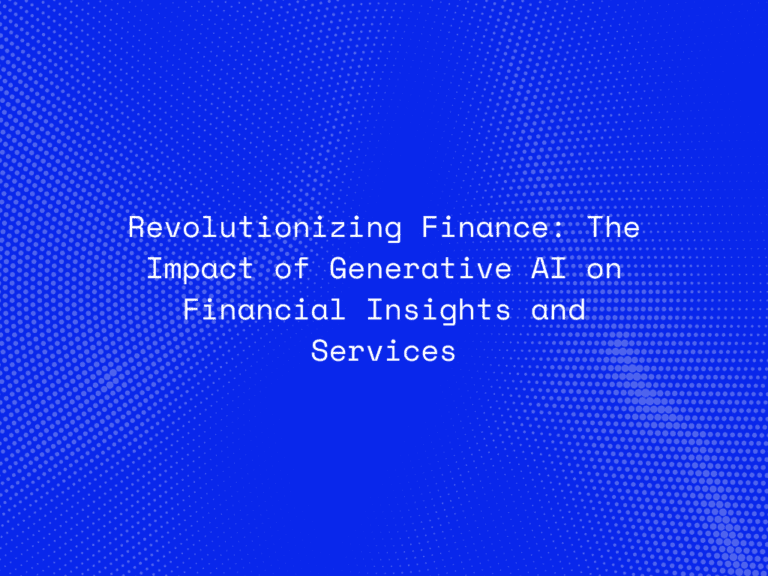In the age of rapid digital transformation, the lines between human creativity and machine intelligence are blurring. At the intersection of this evolution lies Generative AI—a technology that can produce designs, ideas, and solutions by learning from vast datasets. But as Generative AI becomes more integrated into workflows, one question continues to challenge creative industries: Is it innovating, or merely imitating?
Design thinking, a human-centered approach to solving problems through empathy, ideation, and experimentation, is undergoing a fundamental shift. With AI capable of generating thousands of variations in seconds, the role of the designer, the definition of originality, and the ethics of authorship are being redefined.
What is Generative AI in Design Thinking?
Generative AI refers to models—like GPT for language or DALL·E for images—that create new content based on patterns learned from existing data. In design, this means AI can:
-
Suggest new product concepts.
-
Generate UI/UX layouts.
-
Propose branding ideas.
-
Simulate user feedback loops.
When integrated into design thinking, generative AI becomes a collaborator—one that augments creativity, accelerates iteration, and informs design choices with data-driven insights.
From Empathy to Ideation: Rethinking the Design Process
Design thinking traditionally follows five stages: Empathize, Define, Ideate, Prototype, and Test. Generative AI is now influencing each phase:
1. Empathize
AI can analyze large volumes of user feedback, reviews, and behavioral data to uncover user needs and pain points at scale, helping designers better empathize with end users.
2. Define
By clustering and summarizing qualitative data, generative AI assists in problem framing. It can identify recurring themes or user frustrations that help refine the problem statement.
3. Ideate
This is where generative AI shines. It can:
-
Generate thousands of ideas in seconds.
-
Visualize design alternatives.
-
Combine dissimilar concepts to spark novel thinking.
Instead of replacing ideation, AI serves as a creative catalyst, challenging human assumptions and expanding the realm of possibilities.
4. Prototype
Tools like Midjourney or Figma with AI integrations allow quick mockups of websites, apps, or products. AI can auto-generate designs based on simple prompts, speeding up prototyping.
5. Test
Generative AI can simulate user behavior, predict engagement, and even run virtual usability tests to optimize designs before real-world implementation.
Innovation or Imitation?
A central debate with generative AI is whether its outputs are truly innovative or just clever remixes of existing content.
-
Imitation: Since AI is trained on existing data, some argue it merely recycles ideas.
-
Innovation: Others argue that by exploring combinations humans might not consider, AI can spark novelty through variation.
In truth, innovation often stems from remixing past ideas into something relevant and useful. Generative AI mimics this natural creative process—scaling it, accelerating it, and making it accessible to all.

Benefits of Using Generative AI in Design Thinking
-
Speed and Scale: Designers can explore hundreds of concepts quickly.
-
Lower Creative Block: AI suggestions act as a springboard for further ideation.
-
Data-Driven Design: Insights from user data can directly shape creative output.
-
Cost Reduction: Faster prototyping and iteration reduce time-to-market.
-
Inclusive Innovation: Non-designers can use AI tools to participate in creative problem-solving.
Challenges and Considerations
Despite its promise, there are key concerns:
-
Originality: Are AI-generated designs truly unique or just derivatives?
-
Bias: AI reflects biases in its training data, which can affect design inclusivity.
-
Ethics: Who owns an AI-generated design? What happens when it closely resembles someone else’s work?
-
Creativity at Risk: Over-reliance on AI may stifle deep, human-led exploration and insight.
To use AI responsibly, designers must remain in control, using AI as a partner—not a replacement.
Generative AI as a Co-Creator
Rather than thinking of AI as a tool or a threat, the future lies in treating it as a co-creator. Generative AI doesn’t replace the human designer’s empathy, intuition, or vision—it enhances them by offering options, inspiration, and support.
The most impactful solutions will come from human-AI collaboration, where designers harness AI to amplify their capabilities while grounding design decisions in human understanding.
The Future of Design Thinking with AI
In the coming years, we will see:
-
Fully AI-assisted design sprints, where teams co-create with machines.
-
Adaptive design systems, where AI continuously refines interfaces based on real-time feedback.
-
Ethical design frameworks to guide AI use in creative industries.
-
Hyper-personalized experiences designed and evolved by AI models trained on user-specific behavior.
Generative AI isn’t the end of human creativity—it’s the beginning of a new chapter, where imagination is scaled, experimentation is accelerated, and design thinking is more dynamic than ever before.
Conclusion
The rise of Generative AI presents both opportunity and responsibility. It allows designers to innovate faster, ideate smarter, and build more inclusive solutions. Yet, it also forces a re-examination of what it means to be creative in the digital age.
In the balance between innovation and imitation, success lies not in choosing one over the other, but in understanding how to blend the strengths of both humans and machines to craft designs that are not only beautiful but meaningful.




